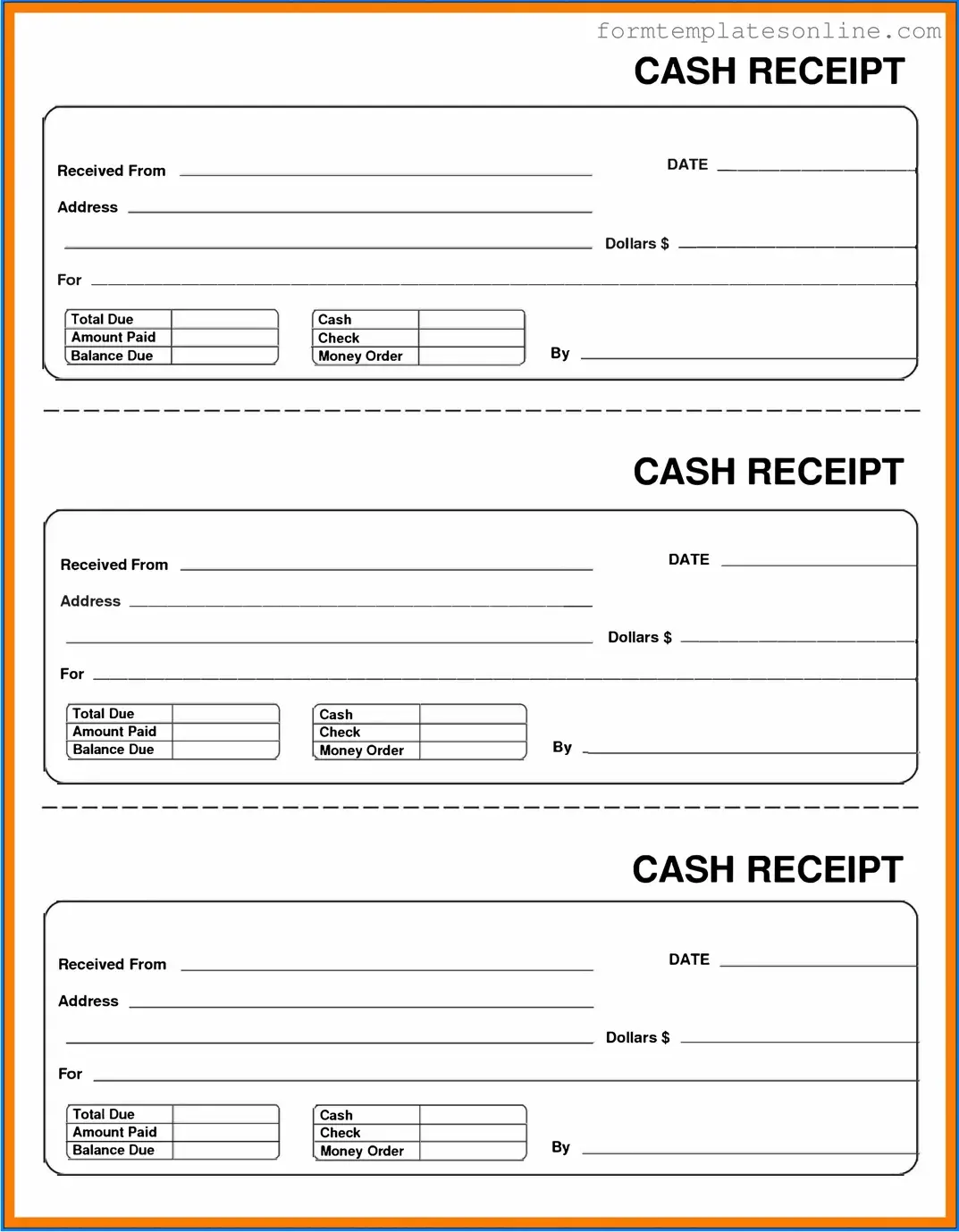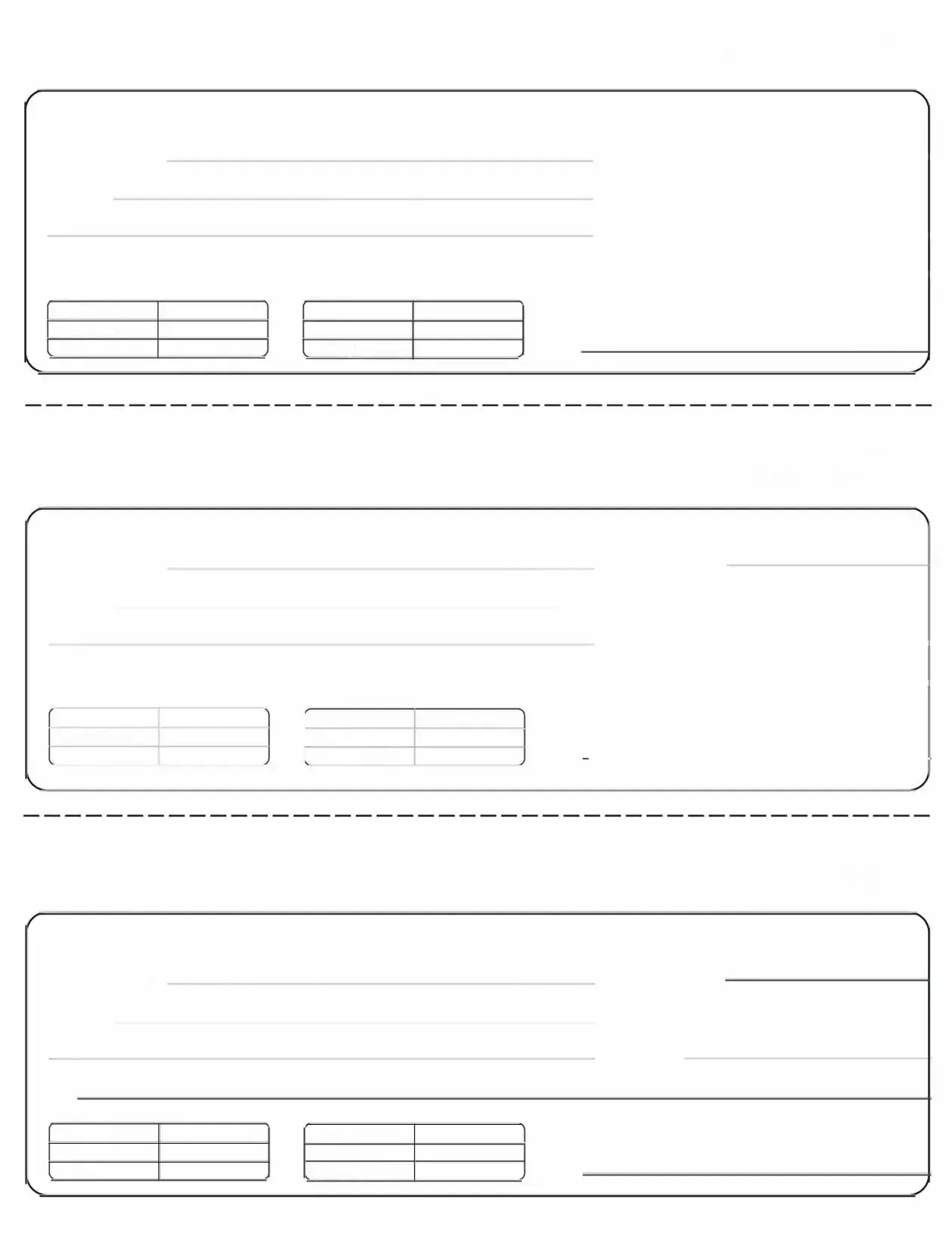What is a Cash Receipt form?
A Cash Receipt form is a document used to record the receipt of cash payments. It serves as proof of payment for transactions and is essential for maintaining accurate financial records. This form typically includes details such as the date of the transaction, the amount received, the purpose of the payment, and the name of the payer.
Why is it important to use a Cash Receipt form?
Using a Cash Receipt form is crucial for several reasons. It provides a clear record of cash transactions, which helps in tracking income and managing finances. Additionally, it can protect both the payer and the receiver by serving as a formal acknowledgment of payment. This documentation can be vital during audits or financial reviews.
Who should complete the Cash Receipt form?
The Cash Receipt form should be completed by the person or department receiving the cash payment. This could be a cashier, an accounts receivable clerk, or any authorized personnel responsible for handling cash transactions. Ensuring that the form is filled out accurately is essential for maintaining proper records.
What information is required on the Cash Receipt form?
Essential information on the Cash Receipt form includes the date of the transaction, the name of the payer, the amount received, the method of payment (cash, check, credit card, etc.), and a description of the purpose of the payment. Some forms may also require a signature from the person receiving the cash.
How should I store completed Cash Receipt forms?
Completed Cash Receipt forms should be stored securely to protect sensitive financial information. It is advisable to keep both physical copies and digital records, if possible. Organizing these forms by date or transaction type can make it easier to retrieve them when needed for reference or audits.
Can a Cash Receipt form be modified after it is completed?
Once a Cash Receipt form is completed and signed, it should not be altered. If a mistake is made, it is best to create a new form and indicate that it replaces the previous one. This approach maintains the integrity of the records and provides a clear audit trail.
What should I do if I lose a Cash Receipt form?
If a Cash Receipt form is lost, it is important to document the situation. Notify your supervisor or the appropriate department immediately. Depending on your organization’s policies, you may need to create a replacement form, noting that it is a duplicate and explaining the circumstances of the loss.
Are there any legal implications associated with Cash Receipt forms?
Yes, Cash Receipt forms can have legal implications. They serve as official documentation of financial transactions, which can be important in case of disputes or audits. Maintaining accurate and complete records helps protect against potential legal issues and ensures compliance with financial regulations.

